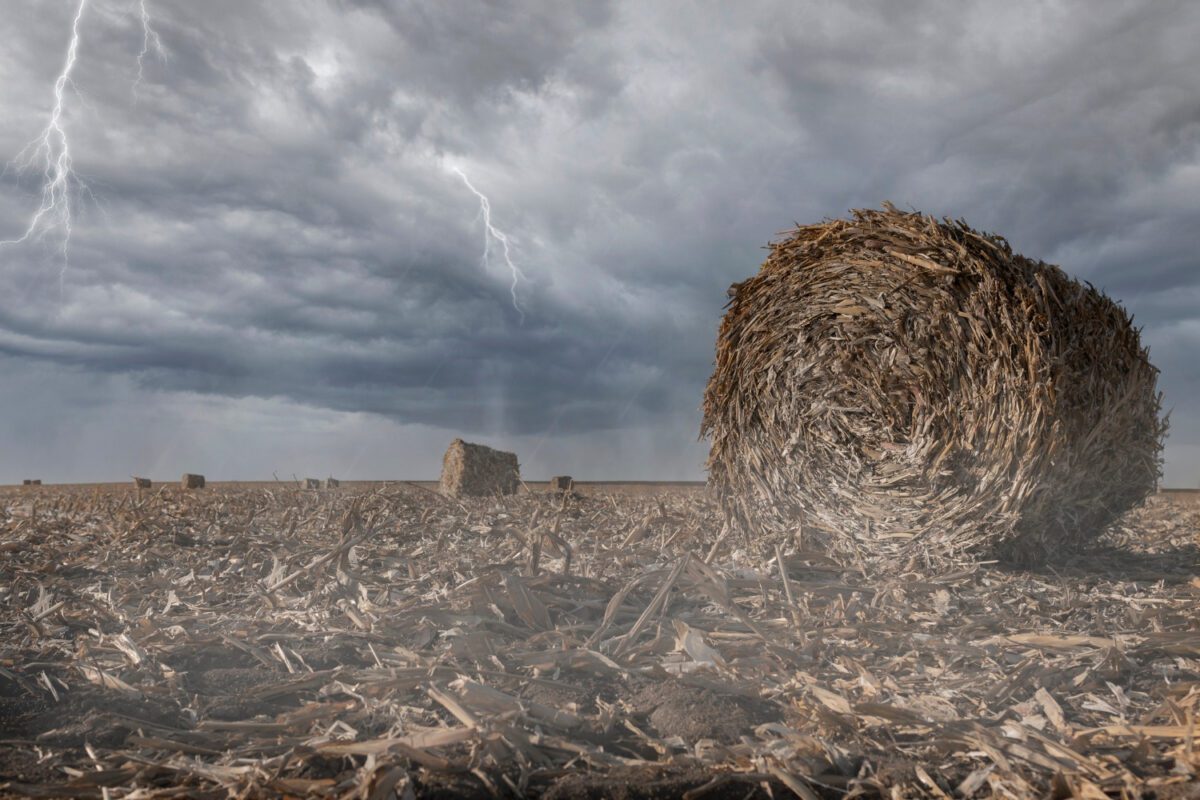FAO Report Indicates the Devastating Effects of Disasters on Agriculture

FAO Report Indicates the Devastating Effects of Disasters on Agriculture
The world is facing a new normal: a relentless barrage of disasters hammering agricultural systems. From the devastating swarms of desert locusts in East Africa to the relentless hurricanes in the Atlantic, these events leave a trail of destruction, impacting not just farmers’ livelihoods but also our global food security.
This article, based on a report by the Food and Agriculture Organization (FAO), dives into the economic and nutritional consequences of disasters on agriculture, explores the most impactful disaster types, and emphasizes the urgent need for building resilient agricultural systems.
The Economic Toll of Disasters
Disasters inflict a heavy economic blow on agriculture, the sector most vulnerable to their wrath. Lower crop and livestock production translate to billions of dollars in losses.
Between 2008-2018, disasters caused staggering losses:
- USD 30 billion in sub-Saharan Africa and North Africa
- USD 29 billion in Latin America and the Caribbean
- USD 8.7 billion across Small Island Developing States (SIDS) in the Caribbean
- USD 49 billion in Asia
Disaster Hall of Shame: The Top Culprits
While all disasters wreak havoc, some stand out for their devastating impact on agricultural production in least developed countries (LDCs) and low to middle income countries (LMICs) from 2008-2018:
- Drought: The undisputed champion of agricultural devastation, responsible for over 34% of crop and livestock production loss (USD 37 billion).
- Floods: The runner-up, causing USD 21 billion in losses (19% of the total).
- Storms: Particularly destructive in 2017, responsible for USD 19 billion in losses (18% of the total).
- Pests, Diseases & Infestations: Biological threats like the 2020 desert locust crisis contribute 9% to production loss.
- Wildfires: Though seemingly less impactful (USD 1 billion in losses), wildfires can have devastating consequences on forestry and ecosystems.
Disasters and Nutrition
The impact of disasters extends far beyond economic losses. Reduced agricultural production translates to significant nutritional deficiencies. Between 2008-2018, disaster-induced production losses resulted in:
- Africa: Potential loss of 559 calories per capita per day (20% of Recommended Daily Allowance – RDA)
- Latin America & the Caribbean: Potential loss of 975 calories per capita per day (40% of RDA)
- Asia: Potential loss of 283 calories per capita per day (11% of RDA)
Building Resilience
The time for action is now. We must transform how we manage disasters to safeguard our food security. Effective national strategies on disaster risk reduction (DRR) require a comprehensive understanding of disaster impacts on agriculture, including:
- Identifying damage and loss patterns across crops, livestock, forestry, fisheries, and aquaculture.
- Building profiles of all types of disasters, from rapid-onset catastrophes to slow-moving droughts and localized events.
- Expanding disaster assessments to consider pandemics, food chain crises, conflicts, and protracted crises.
- Integrating disaster risk reduction with climate change adaptation strategies.
For a Deeper Dive:
The full FAO report, “The impact of disasters and crises on agriculture and food security 2021,” offers a wealth of information on disaster impacts and practical recommendations for building resilient agricultural systems. By understanding the challenges and implementing effective solutions, we can create a future where agriculture can weather any storm and nourish a food-secure world.



